Many targets reached ahead of schedule
According to the report of the Department of Livestock Production (Ministry of Agriculture and Rural Development), by the end of 2024, the livestock industry has achieved and exceeded many targets compared to the targets set for 2025 (according to the Livestock Development Strategy for the period 2021 - 2030, vision 2045).
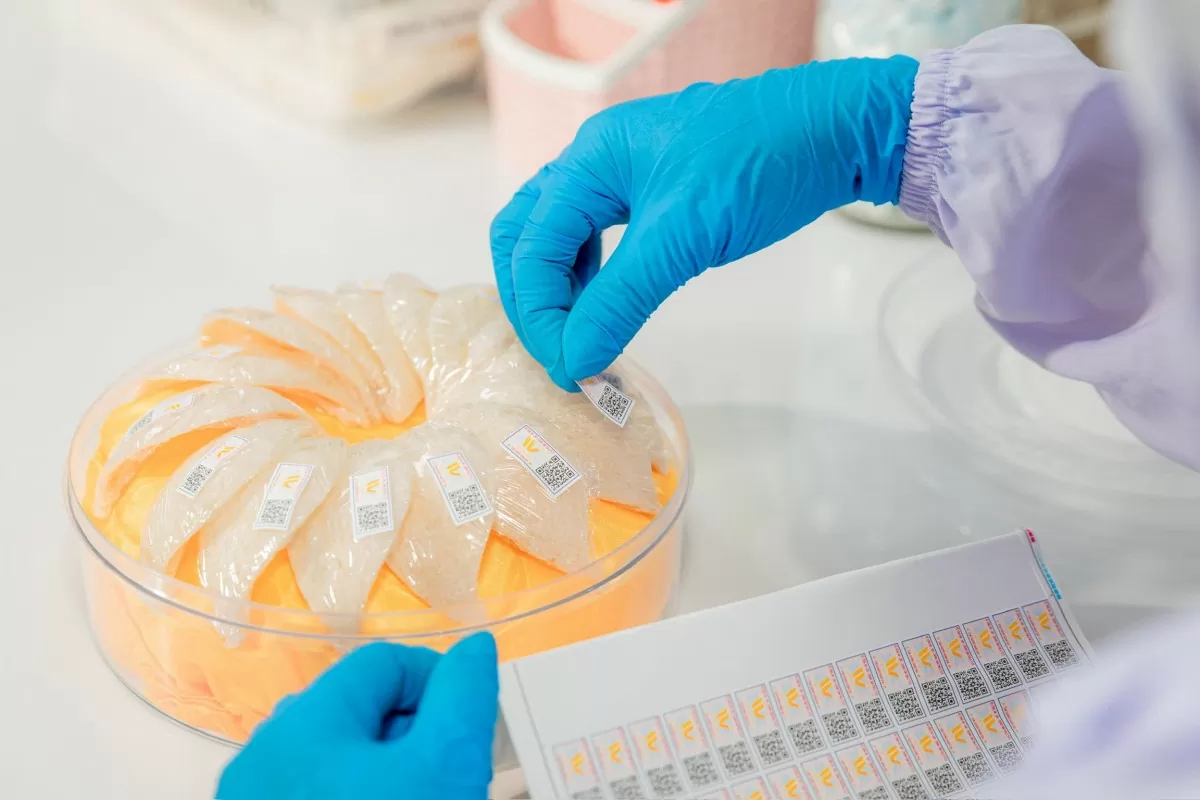 |
| Hai Yen Nha Trang Company exports a batch of high-quality bird's nests to China. (Photo: Minh Tam) |
Specifically, the annual growth rate of production value reached 5.4% (target from 4 - 5%/year); domestic meat output reached 5.6 - 5.8 million tons (target from 5 - 5.5 million tons); egg output was more than 20 billion eggs (target from 18 - 19 billion eggs); average livestock products/person/year: Meat 56 - 57kg (target from 50 - 55kg), 220 eggs (target from 180 - 190 eggs); total pigs regularly present were over 31 million (target by 2030 from 29 - 30 million); silkworm cocoons were more than 18,000 tons (target by 2030 is 10,000 tons); livestock product export turnover reached over 533 million USD (up 6.5%).
In 2024, Vietnam also exported more than 1 billion USD worth of animal feed and feed ingredients. In addition, the output of industrial animal feed reached more than 21 million tons (up 3.4%). Most prices of animal feed ingredients tended to decrease compared to the same period in 2023.
Notably, after a long period of opening the market, the General Administration of Customs of China has so far granted licenses to 11 Vietnamese factories to export to China. Thanks to that, the output of milk and dairy products exported to China has continuously grown.
At the same time, after signing the Protocol on exporting Vietnamese bird's nests and bird's nest products to China, 9 Vietnamese enterprises were licensed to export products to this market. Processed chicken meat is also exported to Japan, Hong Kong (China), 5 countries in the Eurasian Economic Union and Mongolia.
In addition to the products that have been and are being exported, the Ministry of Agriculture and Rural Development is currently actively negotiating with competent authorities of a number of countries to promote the export of Vietnamese livestock products such as: Negotiating with Korea on food safety conditions for poultry meat products; negotiating with Japan on conditions and procedures for exporting milk and dairy products to this market; continuing to negotiate to increase the number of manufacturing enterprises allowed to export to opened markets...
The fact that Vietnam has exported livestock products to many markets has affirmed the quality of Vietnamese products. Diversifying export markets and opening up new markets with much room for growth such as the Halal market is considered the key to boosting exports in general and livestock products in particular.
Improving the internal capacity of the livestock industry
In 2025, the livestock industry aims to increase the production value of the whole industry by about 4-5% compared to 2024. The proportion of livestock in the overall agricultural sector is estimated at 28-30%. The total output of fresh meat of all kinds will reach over 8.6 million tons (up 4.5%); the output of fresh pork will reach over 5.4 million tons (up 5%); the output of poultry meat will reach over 2.53 million tons (up 4.2%); the output of all kinds of eggs will reach about 21 billion eggs (up 4%); the output of milk will reach over 1.25 million tons (up 4.8%); the output of honey will reach 26,000 tons (up 9.2%); the output of converted industrial animal feed will reach over 22 million tons (up 2.6%).
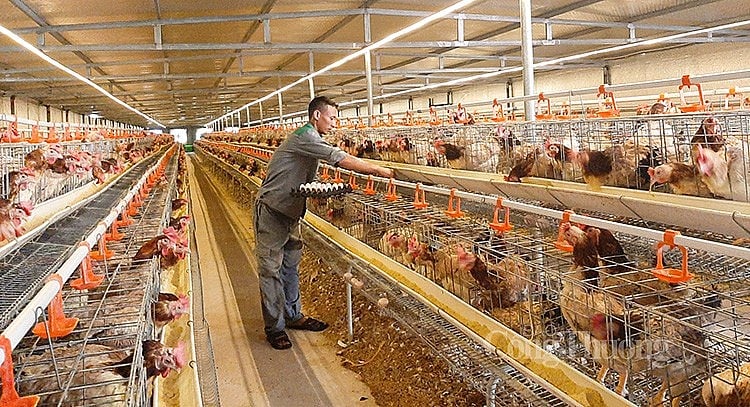 |
| Poultry farming (photo by Nguyen Hanh) |
Many assessments recognize that there is still a lot of room for the domestic livestock industry. However, according to Mr. Nguyen Xuan Duong - Chairman of the Vietnam Livestock Association, the livestock space is getting narrower.
Mr. Nguyen Xuan Duong analyzed that we have reached the limit in terms of livestock scale (the number of pigs ranks 6th in the world; waterfowl ranks 2nd in the world; the herd of buffaloes and cows is over 10 million...). Meanwhile, the area for livestock farming is limited; climate change is increasingly unpredictable; the pressure to protect the environment is great, especially the livestock industry must actively participate in the country's general strategy, implementing the Government's commitments to reduce greenhouse gas emissions.
At the same time, although the number of domestic animals is still increasing, the loss due to diseases and natural disasters is quite large. Livestock is the industry that incurs the most costs such as disease prevention, labor, high feed prices, etc., making domestic livestock production costs higher than imported meat, leading to an increase in the amount of meat entering the domestic market. According to statistics, currently domestic meat production increases by 2% each year, while imported meat increases by 15-20%. In particular, in the coming time, the import of livestock products will certainly increase as import tax is gradually decreasing to 0%.
Mr. Phung Duc Tien - Deputy Minister of Agriculture and Rural Development - noted that, in the face of increasingly high market demands and fierce competition, while our animal husbandry science and technology are very limited, the Department of Animal Husbandry, the Institute of Animal Husbandry, etc., when building research projects, topics, projects, and programs, must aim for novelty, keep up with the world's science and technology trends, and digital transformation to avoid falling behind.
In particular, in the general global trend towards safe livestock production and emission reduction, the Department of Livestock Production needs to advise on the development of mechanisms and policies, and evaluate and replicate effective biosafety and circular livestock models; encourage the development of chains linking businesses with businesses, businesses with people to facilitate strict control of all stages in the production process. Thereby, gradually improving domestic livestock production and attracting more investment resources from outside.
The Livestock Development Strategy for the 2021-2030 period, with a vision to 2045, aims to achieve an export value of livestock products of 1-1.5 billion USD by 2025 and 3-4 billion USD by 2030. Currently, the country has more than 1,700 disease-free facilities and 152 disease-free zones in 60 provinces and cities. To gradually meet the requirements of the import market, the goal of the Ministry of Agriculture and Rural Development by 2025 is to build 11 district-level disease-free zones for avian influenza and Newcastle disease according to the regulations of the World Organization for Animal Health (WOAH) in the Southeast provinces. For livestock, in addition to maintaining 4 districts of Binh Duong province free from disease according to Vietnam's regulations for foot-and-mouth disease and classical swine fever, 4 other districts of Binh Phuoc province and at least 2 districts of Dak Nong and Lam Dong provinces will be built. In particular, according to WOAH regulations, Vietnam will successfully build disease-free areas for livestock in 4 districts of Binh Phuoc and Binh Duong provinces. |



![[Photo] Prime Minister Pham Minh Chinh receives Mr. Jefferey Perlman, CEO of Warburg Pincus Group (USA)](https://vstatic.vietnam.vn/vietnam/resource/IMAGE/2025/4/18/c37781eeb50342f09d8fe6841db2426c)








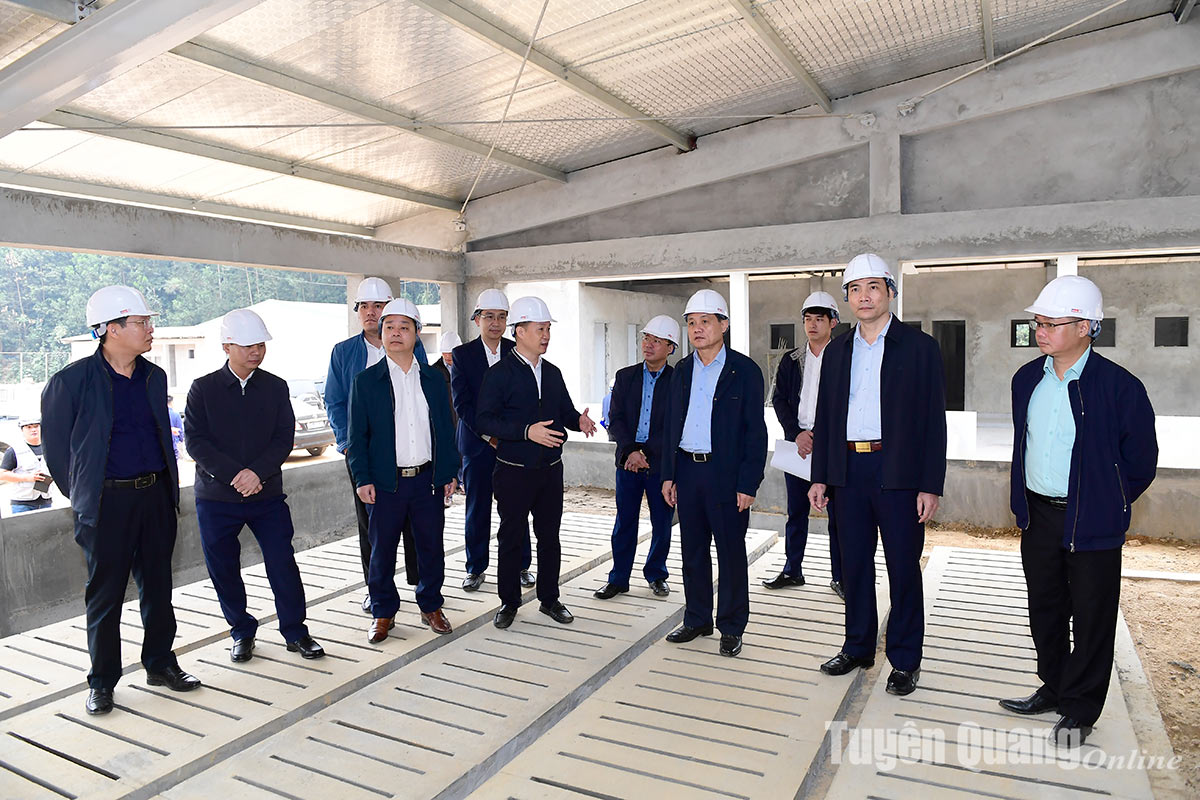





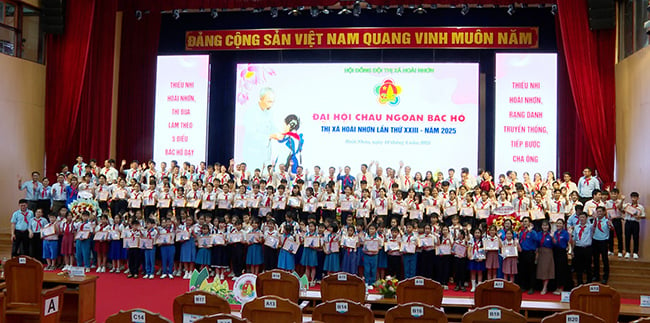



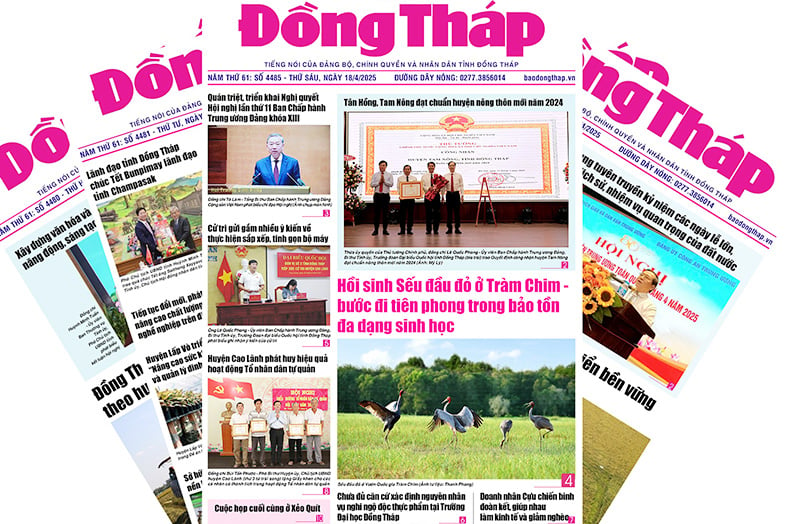





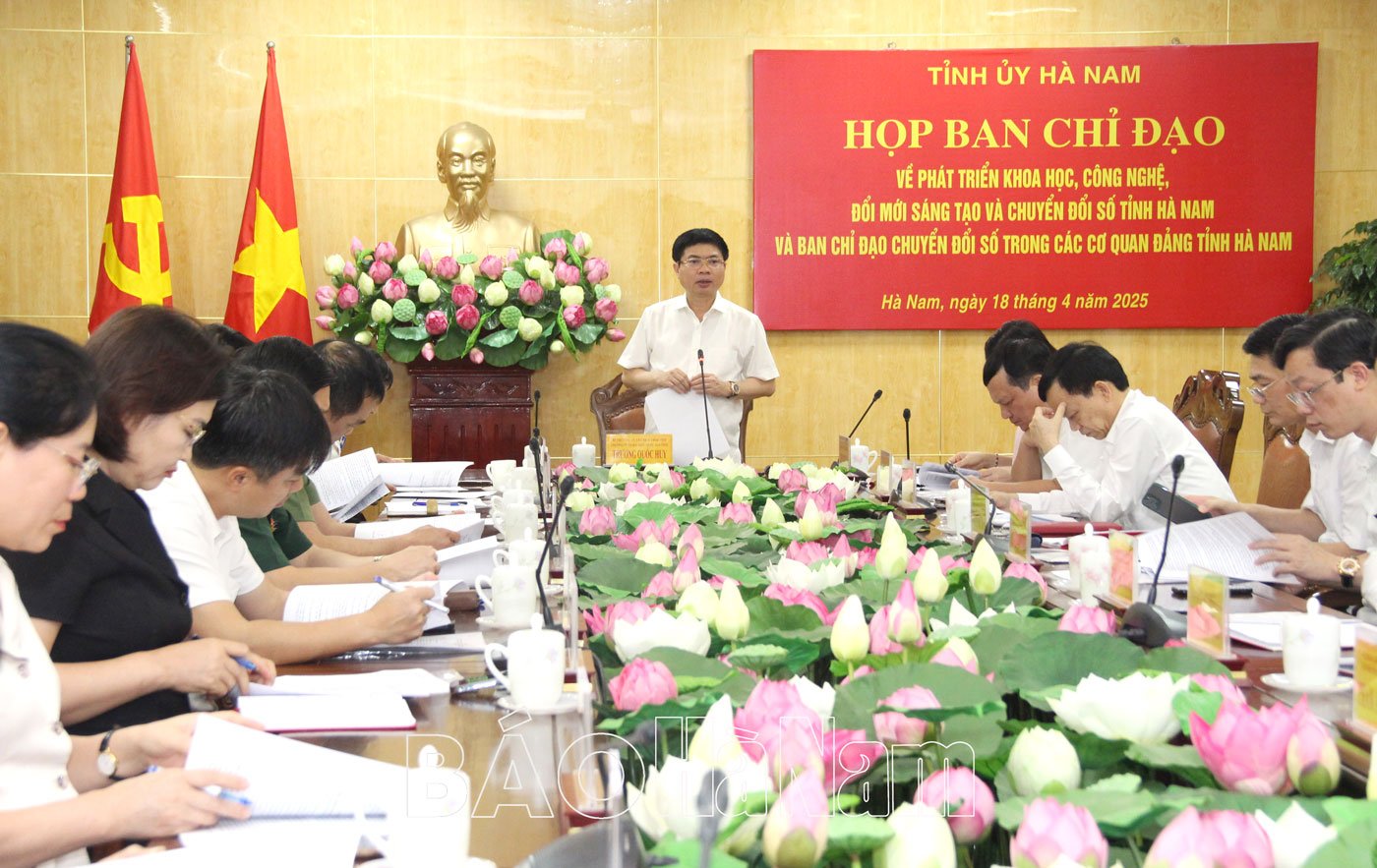






















































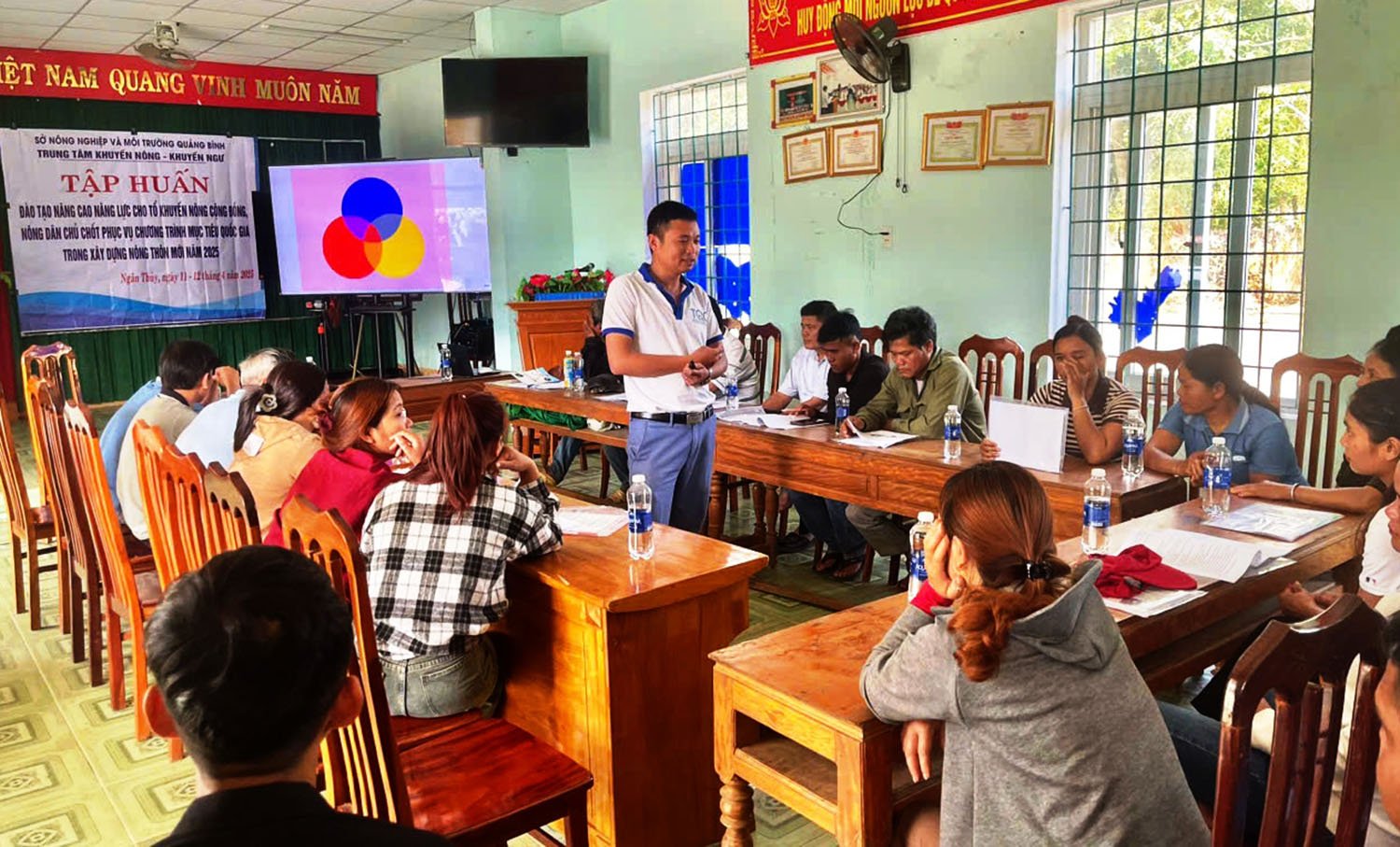







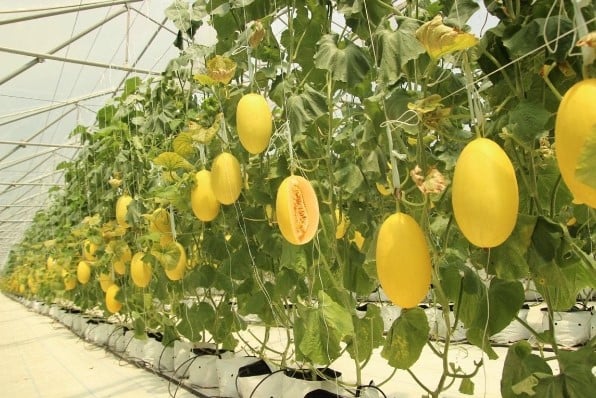
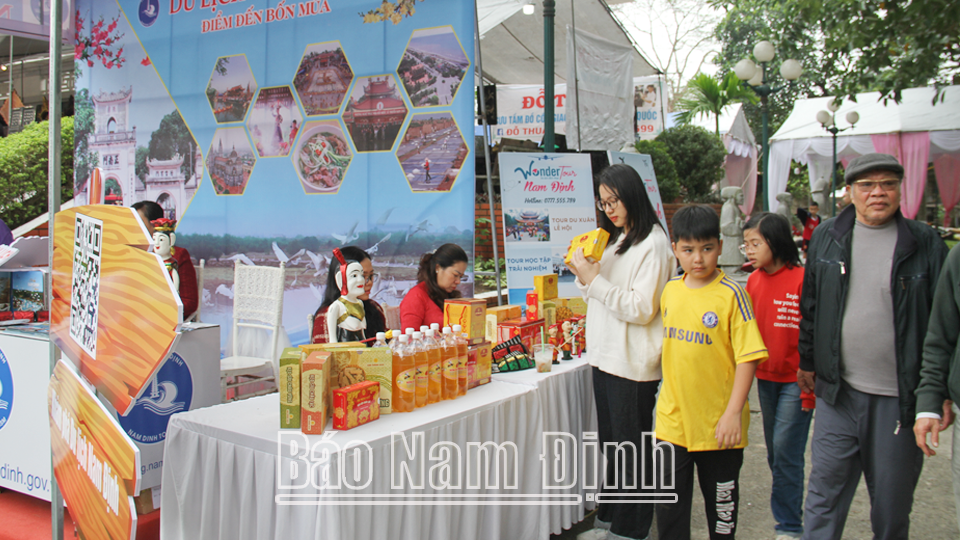


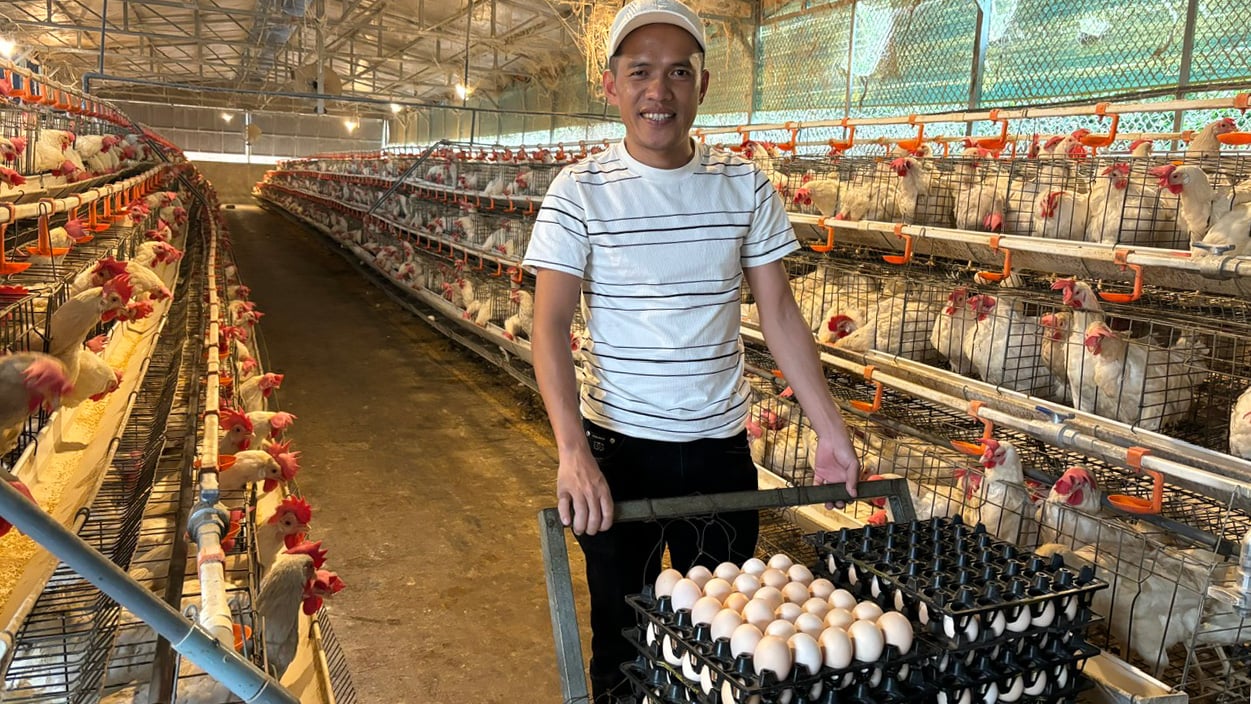

Comment (0)